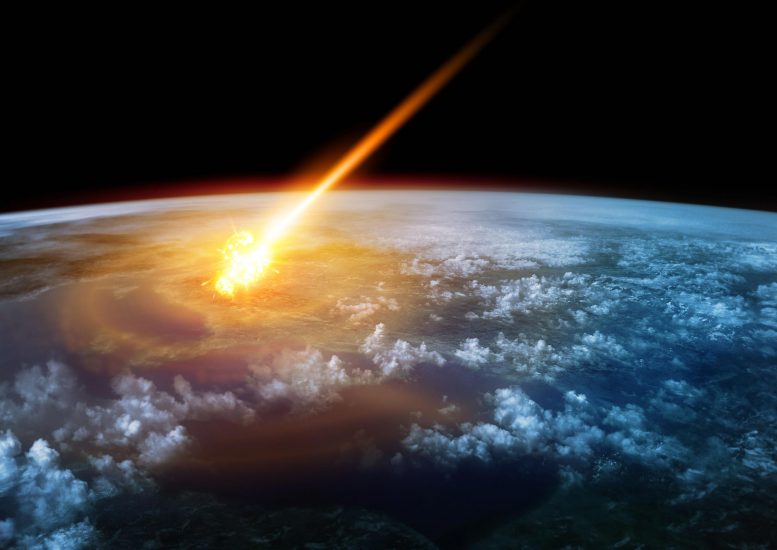
A team of scholars has refuted the claim that a comet explosion 1,500 years ago led to the decline of the ancient Indigenous Hopewell culture, finding the evidence to be inadequate and inconsistent. (Artist’s illustration of a comet explosion in Earth’s atmosphere.)
Dr. Kevin C. Nolan and a team of scholars refuted a paper claiming a comet explosion caused the decline of the Hopewell culture 1,500 years ago. The team found the evidence inadequate and identified no catastrophic event or decline in the culture, also noting possible intentional data manipulations in the original research.
In February 2022, the journal Scientific Reports published a paper with the claim that a comet exploded over what is now Cincinnati around 1,500 years ago. This event was said to have rained fire over the area, destroying villages and farm fields, and supposedly leading to the rapid decline of the ancient Indigenous Hopewell culture.
Research led by University of Cincinnati archaeologist Dr. Kenneth Tankersley claimed “evidence of a cosmic airburst at 11 Hopewell archaeological sites in three states stretching across the Ohio River Valley.” His evidence included the presence of meteorites, iron, and silica-rich microspherules claimed to be from meteorites, and spikes in iridium and platinum—all of which are supposedly associated with burned charcoal-rich Hopewell habitations.

Dr. Kevin C. Nolan, director and senior archaeologist of the Applied Anthropology Laboratories at Ball State University. Credit: Ball State University
Critique of the Original Research
Dr. Kevin C. Nolan, director and senior archaeologist of the Applied Anthropology Laboratories at Ball State University, along with eleven other scholars with varied expertise—including several specialists in the Hopewell culture and the Smithsonian Institution’s Curator of Meteorites—have reviewed that evidence and found it to be wholly inadequate to support such an extraordinary claim. The results of their review are published as a response in issue 13 of Scientific Reports, published on August 9. Dr. Nolan had worked with very few of the other researchers prior, but they all came together through this effort to set the record straight on Dr. Tankersley’s questionable research.
“There is no evidence for catastrophically burned habitations at any of the 11 Hopewell sites studied by Tankersley’s team,” Dr. Nolan said. “The burned surfaces identified by the University of Cincinnati researchers are either localized episodes of burning for ceremonial purposes, such as cremating the honored dead, or are not even burned surfaces at all.
“Whatever meteorites are present at these sites were collected by ancient Indigenous peoples—probably from various locations—and brought to these Hopewell sites to be crafted into ceremonial regalia,” he continued. “The iron and silica-rich microspherules do not have the chemical composition typical of meteorites, and so are natural products of local soil chemistry.”
Further Evidence and Conclusion
Further evidence discovered by Dr. Nolan and his team indicates that the available radiocarbon dates for all the Hopewell sites claimed to have been destroyed by the effects of a comet airburst do not come close to being the same age.
“There is no evidence of any catastrophic comet airburst,” Dr. Nolan concluded. “And there is no evidence of any supposed decline in the Hopewell culture that supposedly followed in the wake of the devastation caused by the alleged airburst.
“Many features of the Hopewell culture, including the construction of monumental earthworks and the accumulation of unusual raw materials obtained from places as distant as the Gulf Coast and the Rocky Mountains, did cease by around 400 CE. But there was no decline in local populations, so these cultural shifts simply reflect changes in the social and religious fabric of these Indigenous societies that, for a time, had knitted them together.”
Dr. Nolan noted the numerous instances of possibly intentional data manipulations to support the comet impact claim are even more troubling than the myriad errors in interpreting the evidence. The research response clearly details these concerns.
Reference: “Refuting the sensational claim of a Hopewell-ending cosmic airburst” by Kevin C. Nolan, Andrew Weiland, Bradley T. Lepper, Jennifer Aultman, Laura R. Murphy, Bret J. Ruby, Kevin Schwarz, Matthew Davidson, DeeAnne Wymer, Timothy D. Everhart, Anthony M. Krus and Timothy J. McCoy, 9 August 2023, Scientific Reports.
DOI: 10.1038/s41598-023-39866-0
Dr. Nolan’s research team includes:
- Kevin C. Nolan, Applied Anthropology Laboratories, College of Sciences and Humanities, Ball State University
- Andrew Weiland, Midwest Archaeological Center, National Park Service
- Bradley T. Lepper, World Heritage Program, Ohio History Connection
- Jennifer Aultman, World Heritage Program, Ohio History Connection
- Laura R. Murphy, Department of Sociology and Anthropology, Washburn University
- Bret Ruby, Hopewell Culture National Historic Park, National Park Service
- Kevin Schwarz, ASC Group, Inc.
- Matthew Davidson, Department of Anthropology, University of Kentucky
- DeeAnne Wymer, Susquehanna River Archaeological Center
- Timothy D. Everhart, Hopewell Culture National Historic Park, National Park Service
- Anthony M. Krus, Department of Anthropology and Sociology, University of South Dakota
- Timothy J. McCoy, Curator of Meteorites, Smithsonian National Museum of Natural History



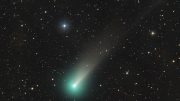
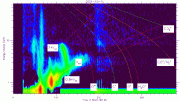
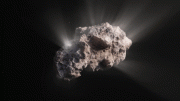

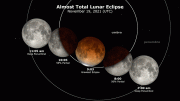
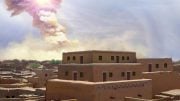
….What about “settled science”.
Watch out you’ll soon be banned or canceled for being “deniers”!